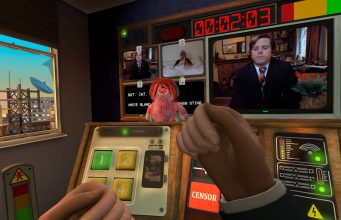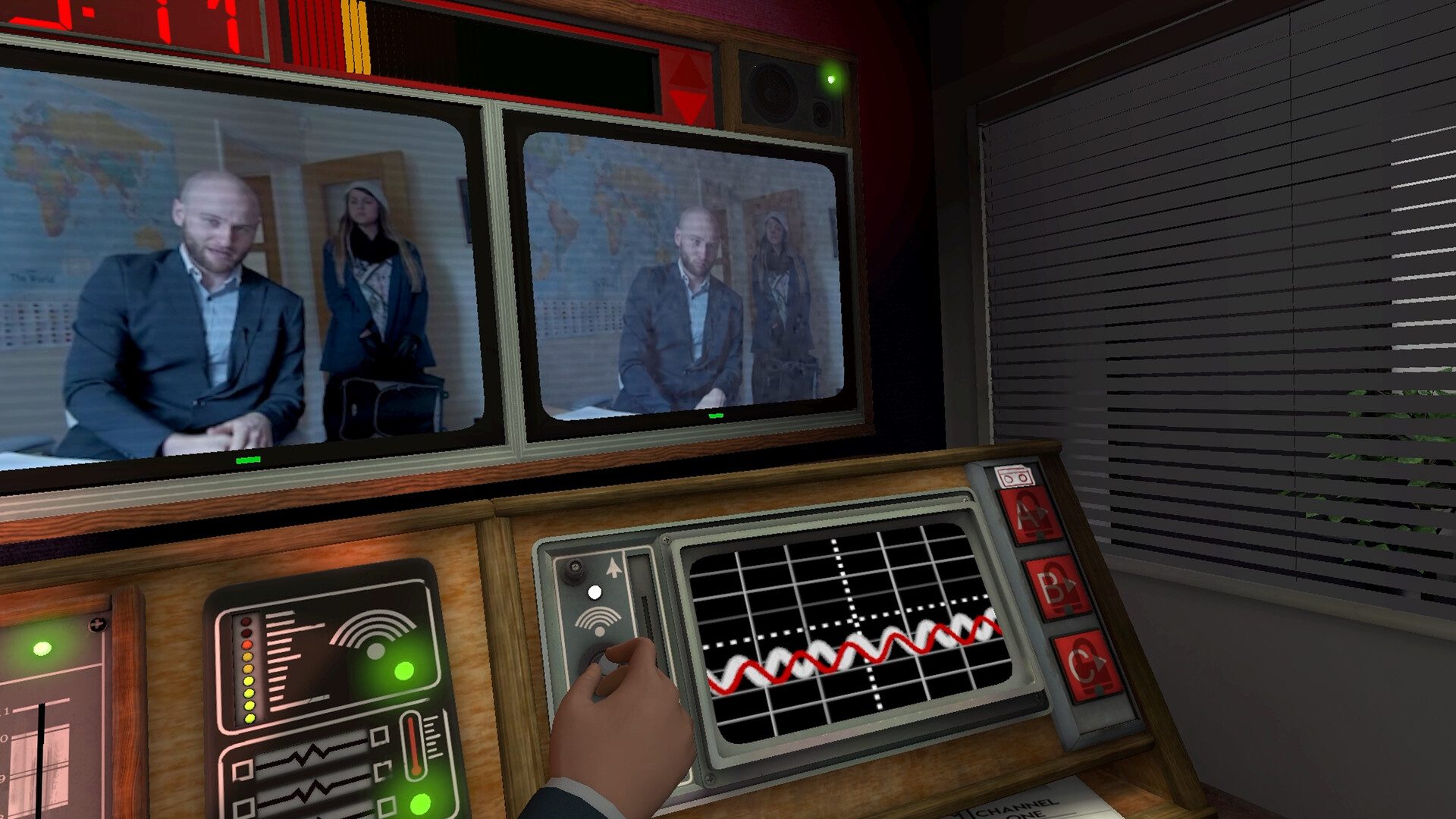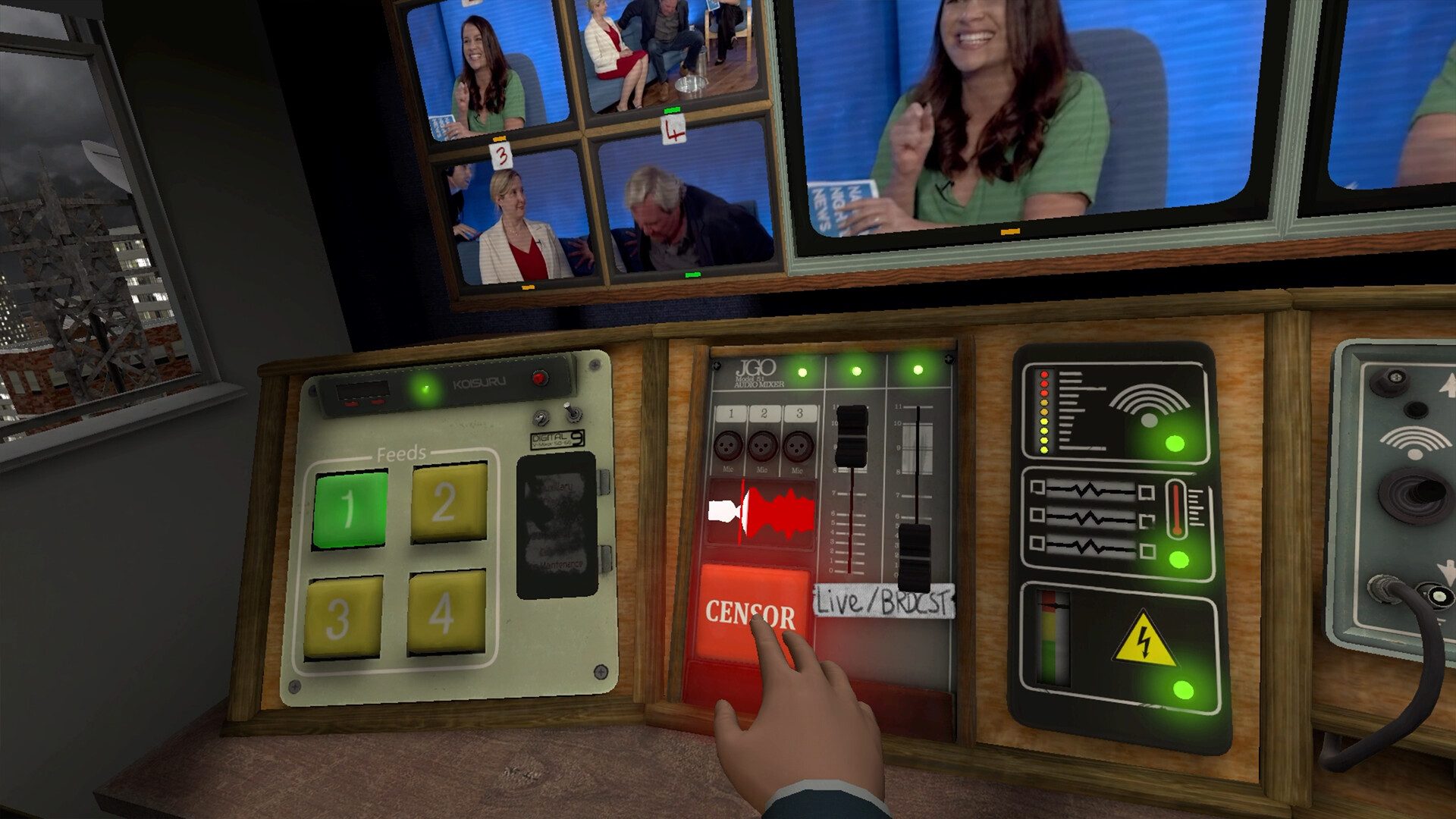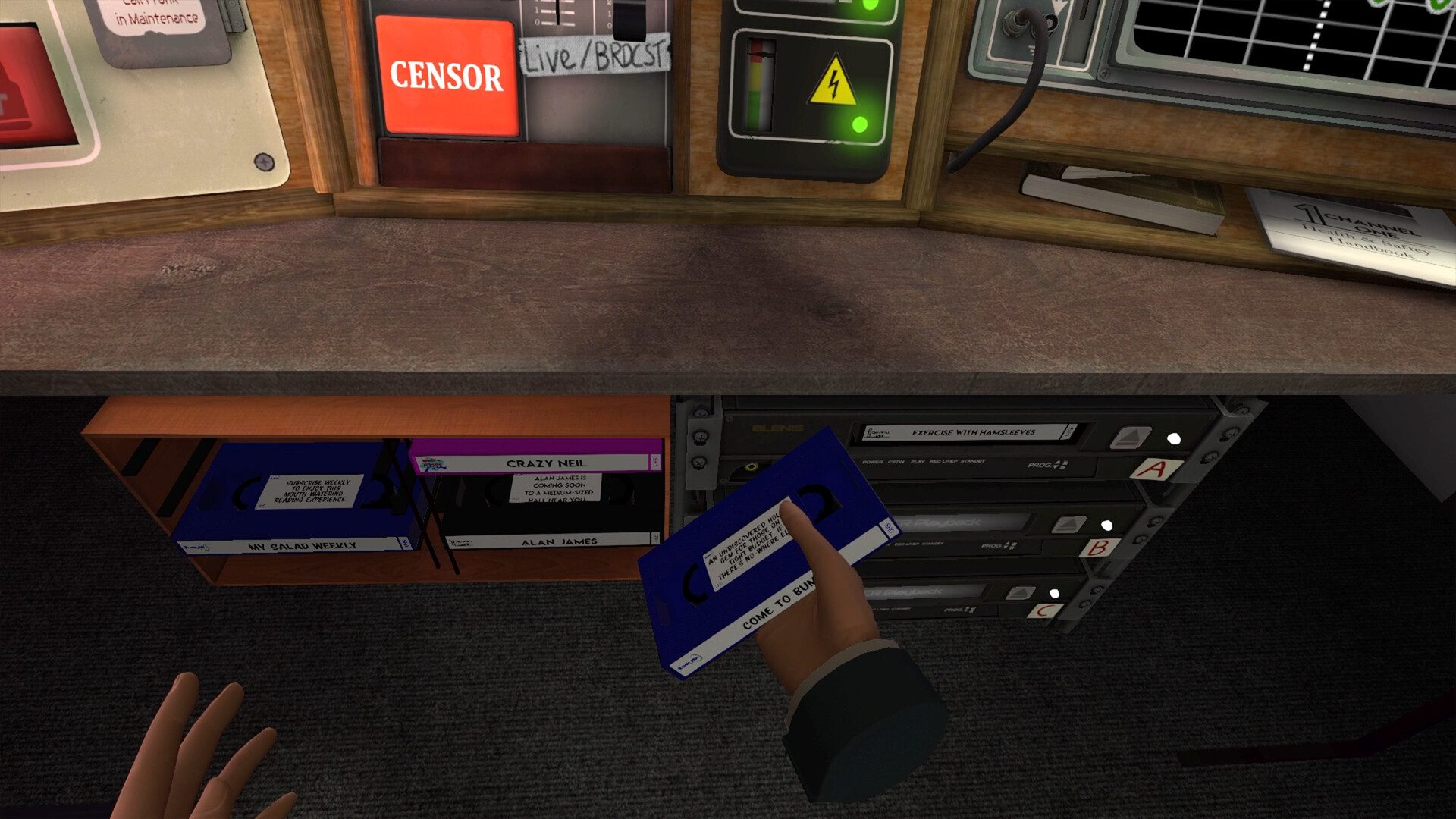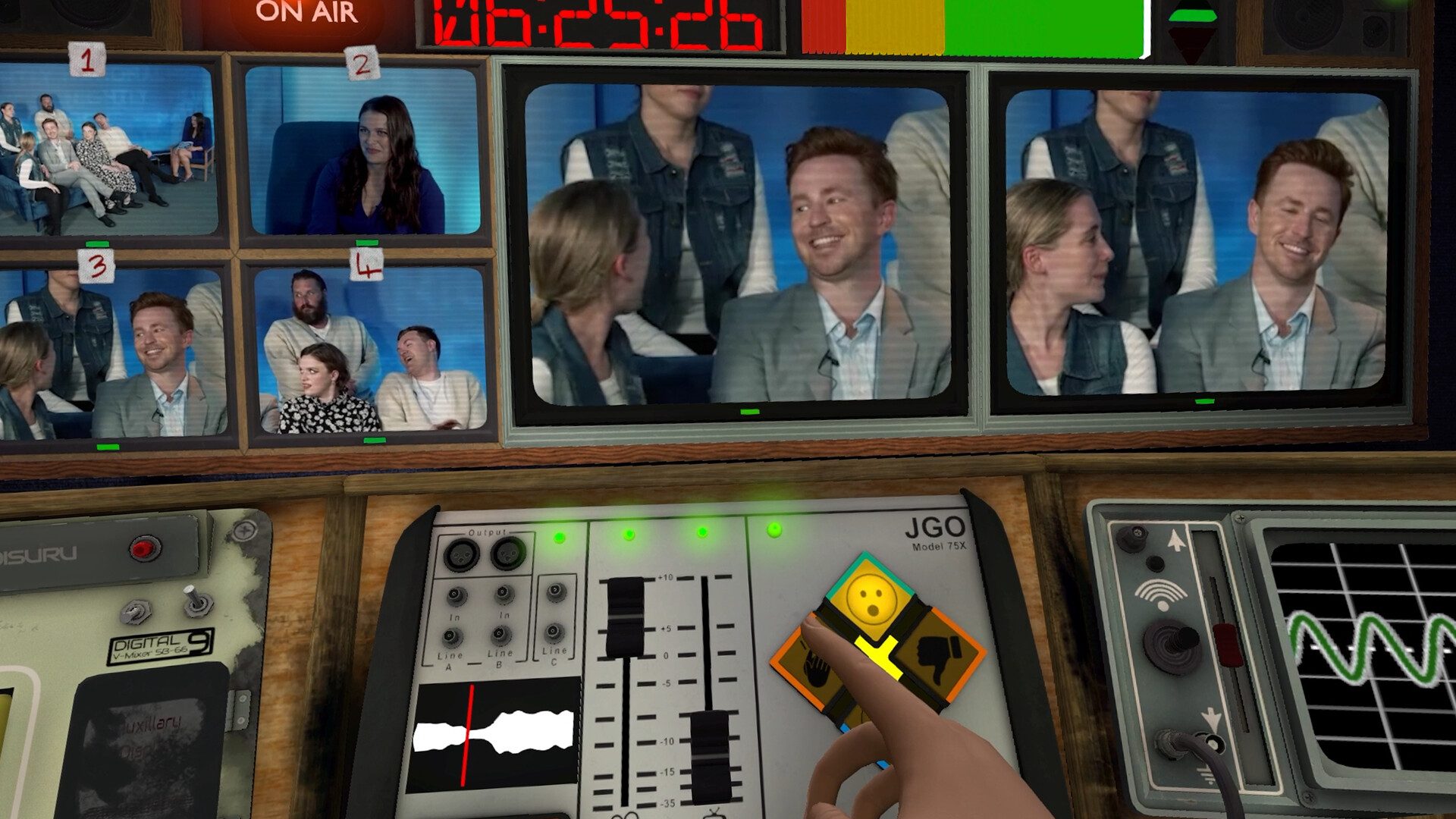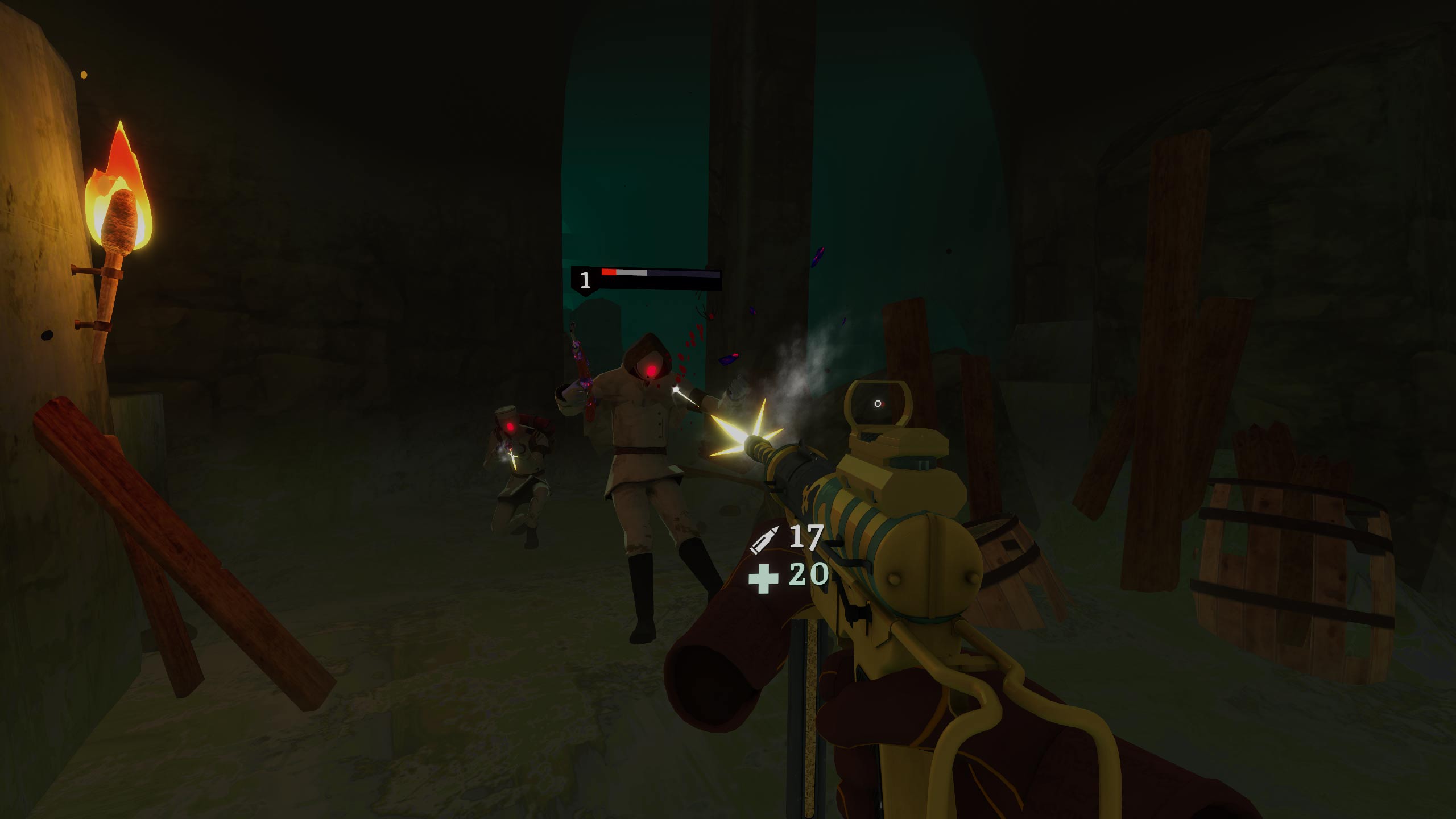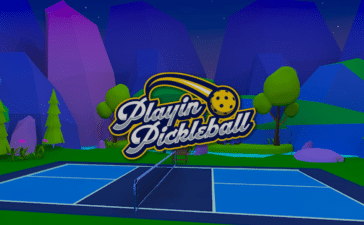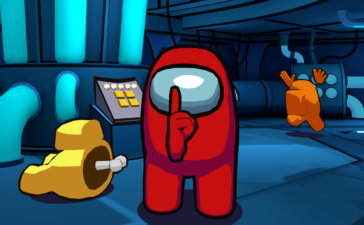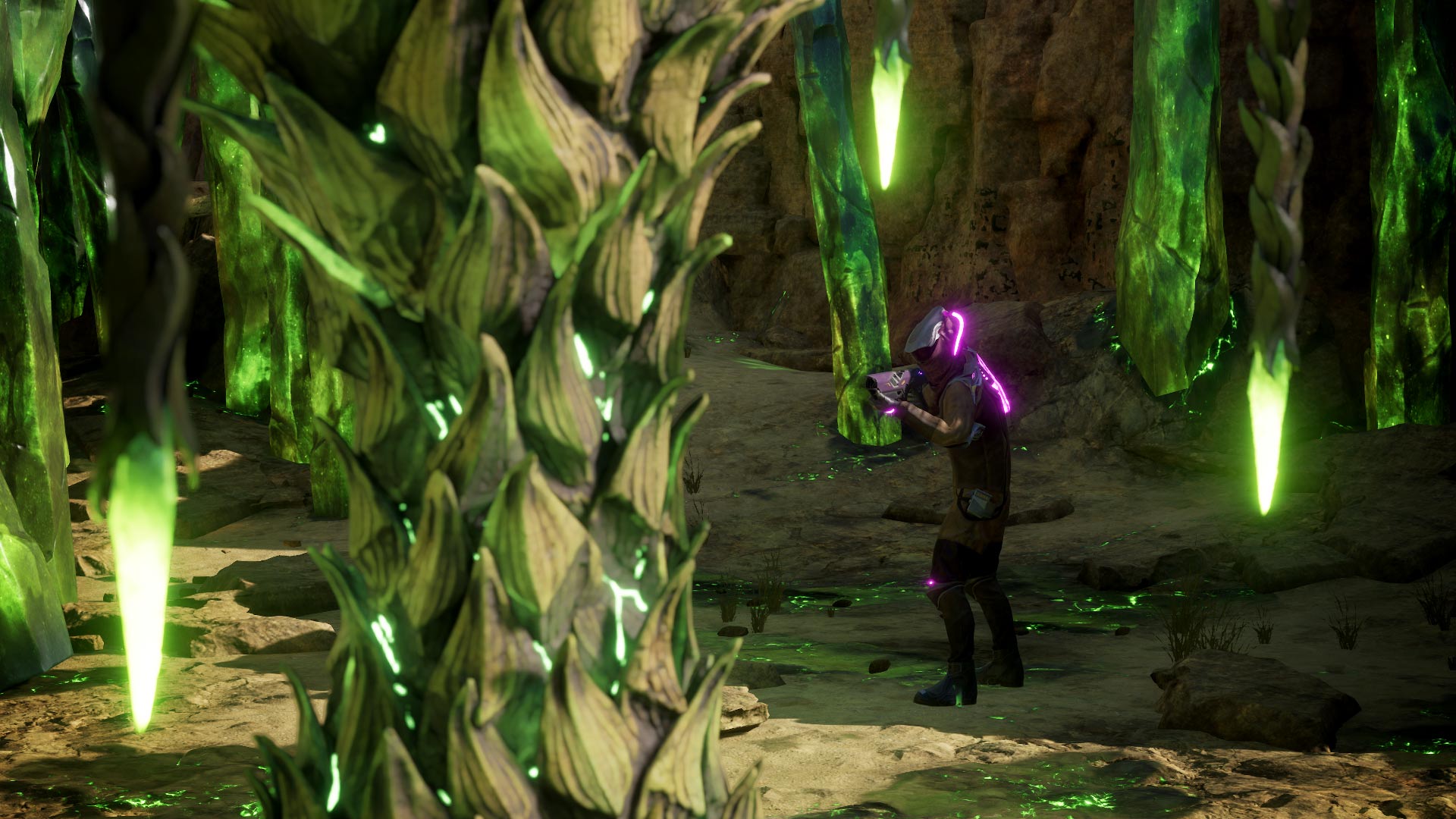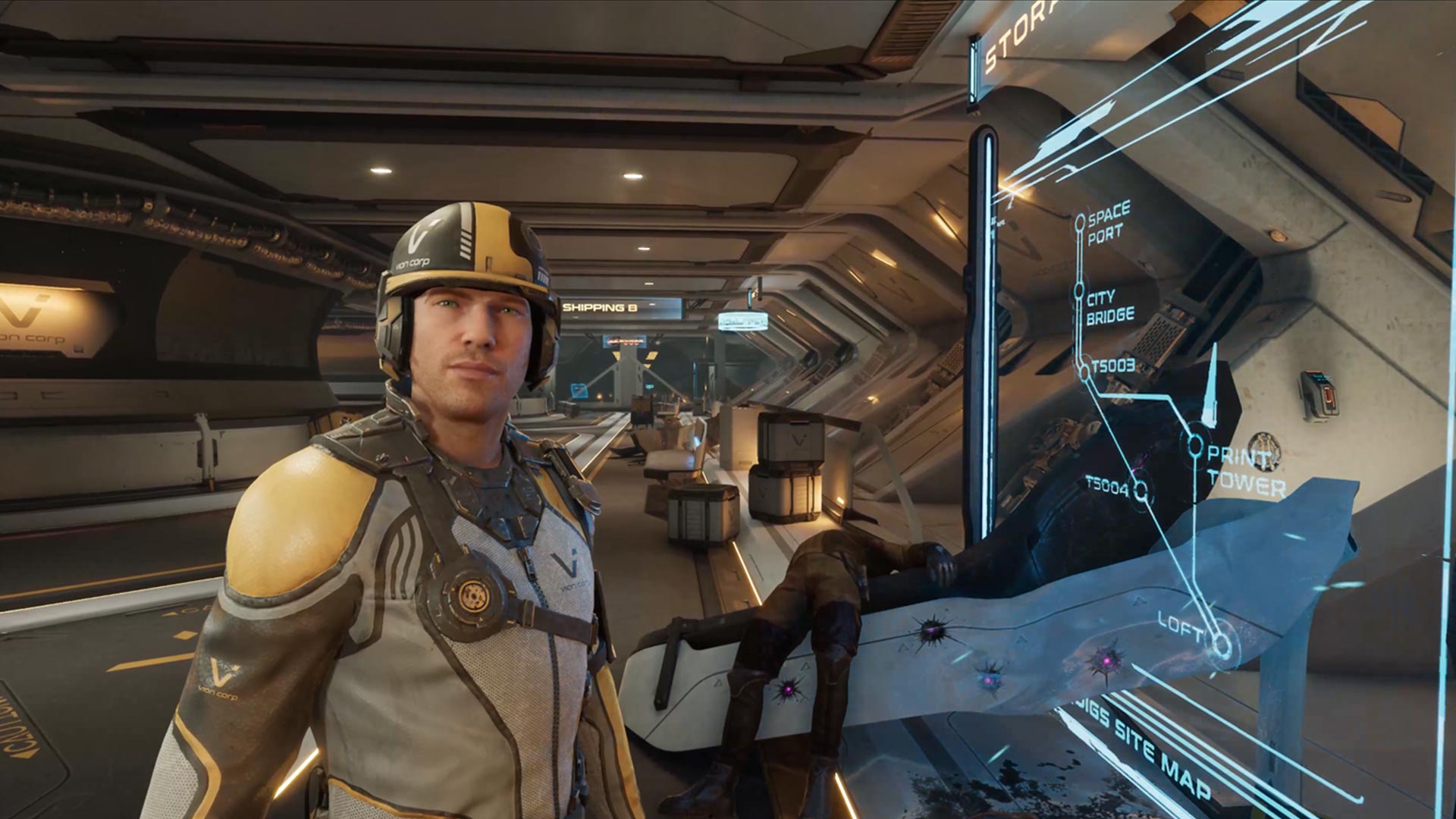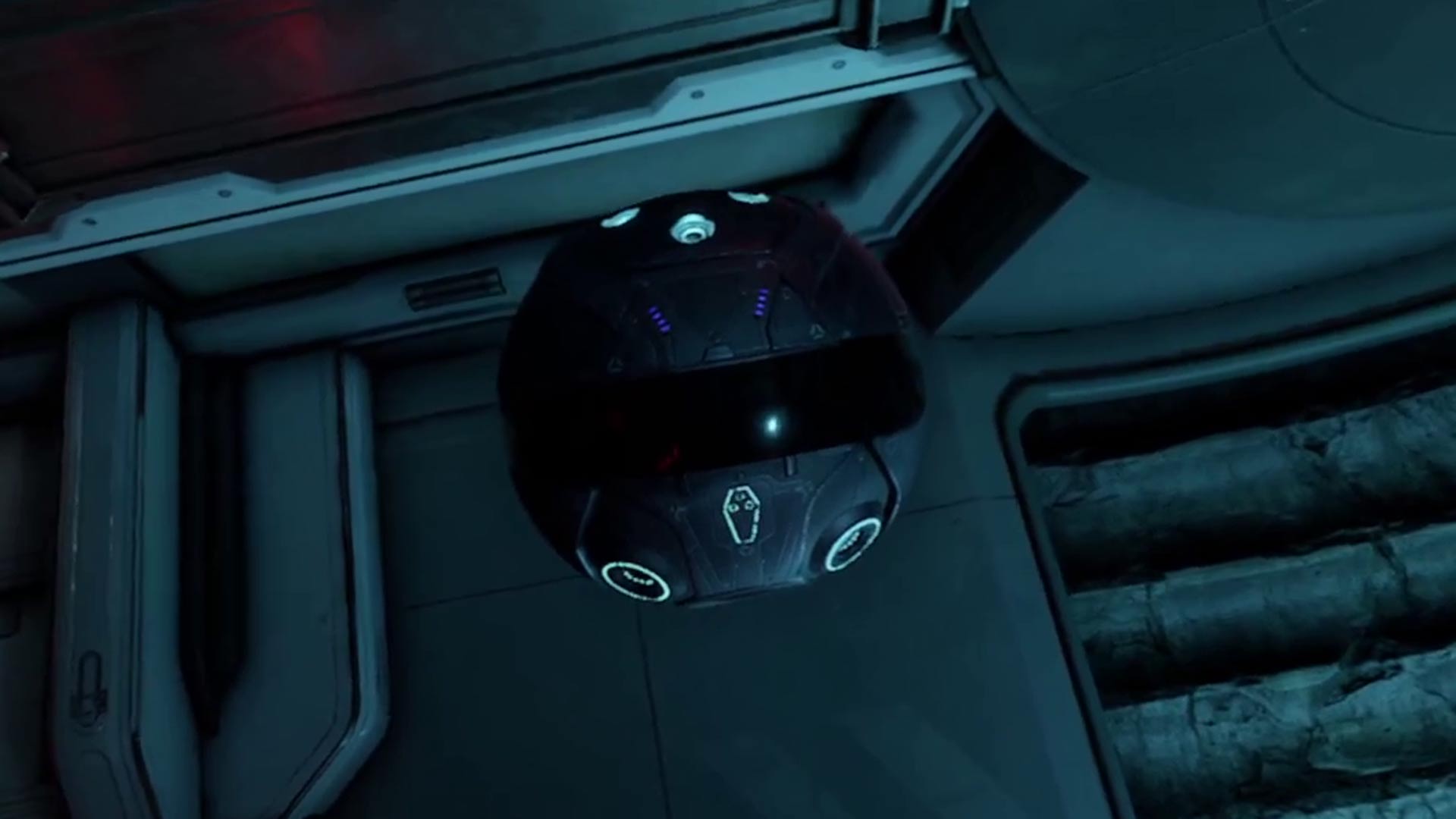VR Takes Center Stage at Dubai’s DEAL 2023 Expo: Highlights and Takeaways
So, in the past few weeks we have seen big tech, including Meta and Microsoft, announce massive layoffs, mostly to their XR division and at the same time, pivoting towards artificial intelligence and generative content.
Despite the news, this year’s DEAL expo was as busy as ever. Teeming with an array of VR devices, games, contraptions, and a myriad of other VR-related gizmos that filled the halls, it, quite frankly, surpassed expectations.
It’s clear that there’s an appetite for virtual reality and that the VR industry as a whole has no intention of slowing down. Here’s a short rundown of the most interesting things that caught my eye.
Meta4 Interactive
Meta4 Interactive were on the floor showcasing their arena player vs. player battler based on the well-known Transformers IP. I had the chance to battle it out with the CBDO of Meta4, Sylvain Croteau, as well as other members of the team.
They were all great at the game, which might seem obvious since it’s their product after all, but you would be surprised how often management is actually disconnected from their games or brands. It was nice to see that in this case the team is not only up to speed with their products, but also plays Transformers: VR Battle Arena for fun.
The hardware consisted of blue HTC Vive Pros connected to the gaming PCs above. This kept the headsets tethered without me actually feeling the tether as the cables were suspended from above. Also, the game is stationary, as you teleport from platform to platform (not unlike Tower Tag). I dodged bullets and turned in all directions without any issues.

Transformers VR: Battle Arena was originally developed in 2019 but I only had a chance to try it out recently. On their website, Meta4 claims their games run at a 90hz refresh rate, but it felt like less. Perhaps more like 60fps or 45fps with reprojection to 90hz?
The HTC Vive Pros were tethered, so there was no latency but the game did have a peculiar dense, dreamlike aspect to it, which often stems from lower refresh rates. I would gladly play a slightly stripped-down version of the game if it meant running it at 120hz native.
PvP arenas are very engaging thanks to their competitive aspect but it also means they work best for groups of friends, gamers, and people who want to compete and see who’s the best. All in all, I had fun and can’t wait to see what Meta4 has in store next.
VEX Solutions
VEX Solutions showcased two turnkey solutions side by side. The first one, “VEX Adventure,” offered a more comprehensive LBE-type experience with a motorized floor, wind and heat, onboarding, and full cooperative plot-driven gameplay. The other one, “VEX Arena,” is a lighter, less premium version, aimed at higher throughput.

Both setups used haptic vests but otherwise, the hardware differed significantly. VR Arena used a Vive Focus 3, while the more premium VR Adventure opted for some kind of hybrid setup. It looked like Pico Neo 3, combined with SteamVR tracking, hand tracking, and Pico 3 controllers that were mounted into the guns. A true patchwork of all the different technologies.

The VEX representative declined to discuss hardware aspects, which I can understand. When it works, it works. However, having a multitude of varying components increases the number of potential failure points, which is not desirable. To that end, their other less premium offering, VR Arena, seemed a bit more manageable, but again I didn’t have the chance to ask about any specifics.
WARPOINT
For those looking to get into VR arenas on the cheap, WARPOINT had their own super basic solution. All it requires is 10 Meta Quest 2 headsets and a tablet. This must be the most affordable turnkey solution I saw at DEAL 2023. You could even forgo buying brand-new headsets and instead opt for second-hand ones to lower the costs even further.

All the Meta Quests operate in standalone mode using software developed by WARPOINT themselves. All the modes and maps are designed for PvP combat and marketed as a form of e-sport.

Moviemex3D
Moving on, I encountered Moviemex3D. It’s a company that specializes in VR movies and VR simulators, but they also offer an arena experience called VR Labyrinth. It’s a popup box that features redirected walking, gaming elements, and even some motorized rumble effects.

If you ever tried TraVRsal or Tea For God, you will know what the deal is. Even if the pop-up box looks small, the VR game area is much larger thanks to redirected walking, elevators, and so on. Expect traps, action, and shooting. Overall it’s a fun single-player experience.
From a hardware perspective, Moviemex3D used a Pico Neo 3 headset streaming from a PCVR computer. It’s not a bad solution but again, just like with the Transformers VR, I felt like the game wasn’t running at high enough refresh rates, making the entire experience feel heavy and dreamlike.
FuninVR
FuninVR had this pretty, eye-catching centerpiece.

It’s a massive UFO-shaped VR simulator. Not exactly a VR arena, but I had to try it out. The team was running a variety of experiences. People before me tried some kind of moon landing. In my case, it was a fantasy-themed rollercoaster.
Unfortunately, the VR simulator was out of sync with the roller coaster animation. Sometimes the track would turn left but the UFO didn’t – forcing me to either turn my head 90 degrees or face the walls. This left many participants nauseous.
There were also other questionable elements, like sudden impacts that made the roller coaster stop in place — basically, it’s like the developers deliberately broke every established rule on what not to do. I have strong VR legs, but still felt queasy.
Each participant had buttons on each side of the seat, which we used to shoot enemies, dragons, and other baddies. Aiming was done with head-tracking and it was a fun interactive element that I enjoyed, even if the shooting was only done for theatrical purposes — we were all running separate instances of the roller-coaster animation and there was no way to stop the simulator from progressing further.
Perhaps it would be better if I had tried the moon landing demo because, unfortunately, the roller-coaster had too many sync and motion issues to be enjoyable.
Hero Zone VR
One last turnkey VR solution worth mentioning is Hero Zone VR. It’s another fully standalone arena experience, this time running on a Vive Focus 3. This allowed the developers to take advantage of the headset’s larger resolution and higher-clocked XR2+ chipset.

There was a queue of people waiting to try out Hero Zone VR, so I didn’t get the chance to try it myself, but it looked like there was a selection of both cooperative and PvP games. I spoke briefly to one of the team members and he seemed to be quite proud of what they managed to achieve by going full standalone.
No Beat Saber?
There were also a lot of usual suspects: VR cabinets, VR kiosks, and VR arcades. Notably, Beat Saber was nowhere to be found. I wonder if it became too expensive to license or perhaps it has lost a bit of its novelty value. Instead, Synth Riders came in to fill the void, along with other fast-paced games like Zombieland VR.

One arcade cabinet I really enjoyed was VR Shotgun by VR 360 Action. You step into a minigun cart and it’s basically laser shooting reinvented. Spooks and baddies come from left and right and you just have to blast away.

The minigun prop felt heavy and it had some nice haptic feedback to it. I was also happy with the decision to use the HP Reverb G2 headset, which still presents a very high bar when it comes to clarity and resolution. The game was running buttery smooth. Of course, the gameplay was pretty unsophisticated and there was no locomotion (it would be nice to have some kind of on-rails movement to break the mold), but VR Shotgun did make me wish all the arena and LBE software would have this level of visual comfort and fluidity.
Summary and Takeaways
So, what are my main takeaways from this year’s DEAL?
» Even if the early days are behind us, we’re still in the days of rapid innovation and prototyping. This makes it hard for VR arcades and arenas to keep up. I saw almost every kind of headset this year, from the oldest Oculus Rift CV1s, through Vive Pro, Windows Mixed Reality, Quest 2, Pico 4, and Vive Focus 3, running standalone, streaming, and wired.
» Meta presence in the amusement and entertainment sector could be stronger. Despite spending egregious amounts, most of the money went towards metaverse and mixed reality — both of which do not gel very well with the arcade environment. The Quest Pro was nowhere to be seen but maybe because it’s such a fresh headset.
» Virtual reality is becoming more and more normalized. At least 30-40% of the booths were virtual reality oriented. With everyone around wearing and trying headsets, people have stopped feeling insecure about how they look with a headset on and instead enjoy their experiences, treating VR like any other tech.
Have fun and keep on rocking in the virtual world!
About the Guest Author(s)

Mat Pawluczuk
Mat Pawluczuk is an XR / VR writer and content creator.
VR Takes Center Stage at Dubai’s DEAL 2023 Expo: Highlights and Takeaways Read More »

